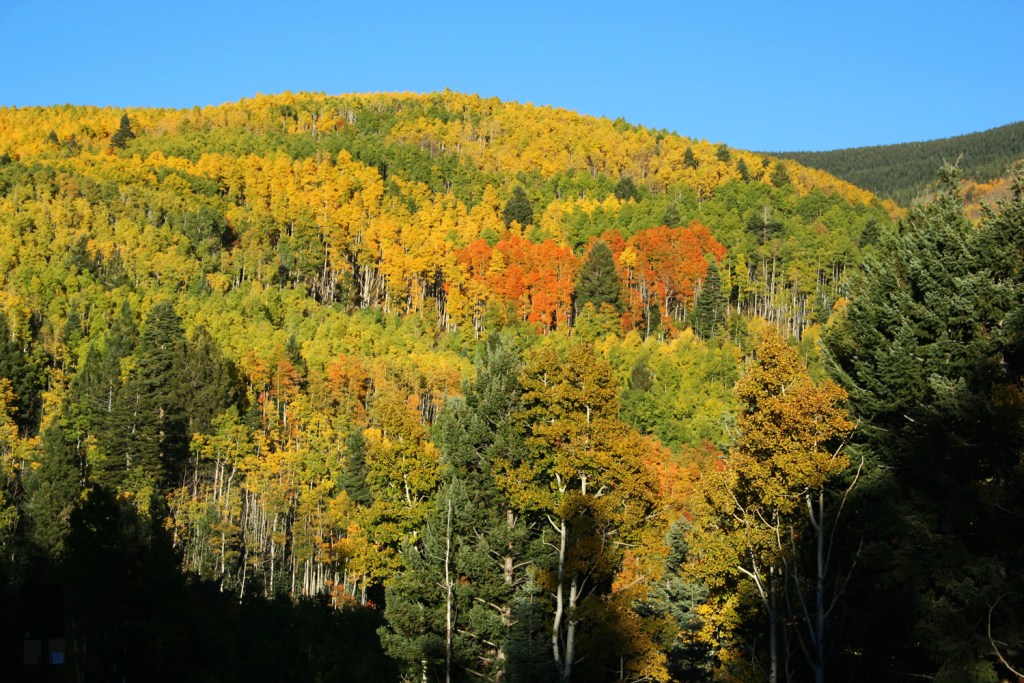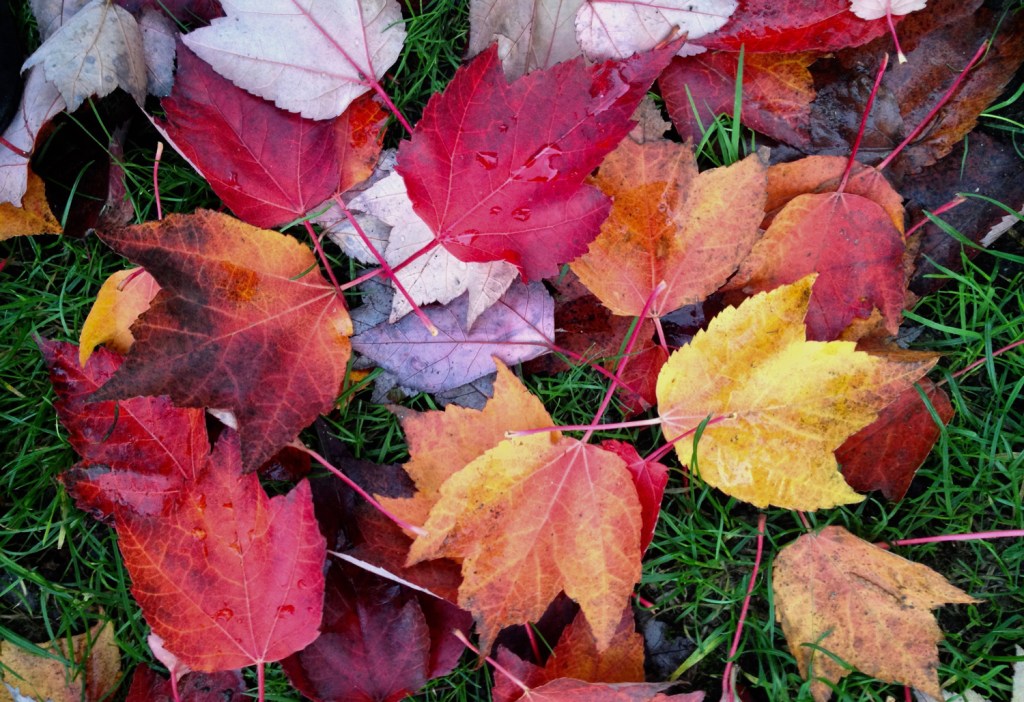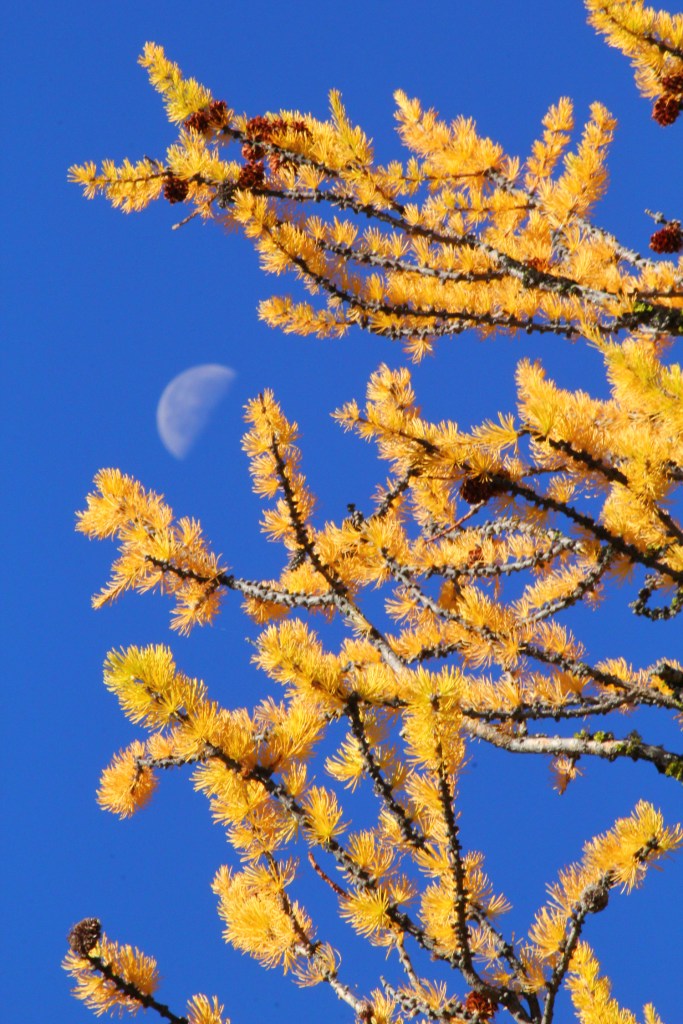It’s that time of the year again: There’s a newfound crispness in the air, the days are getting shorter, and the leaves on the trees are starting to show off some new colors. It’s a beautiful time to be outside and immerse yourself in the transition to a new season. But just what exactly is happening to create those colors we’re so inspired by?
- Changes in the leaves’ pigments.
- Changes in the amount of daylight.
- Types of tree species.
Like us, leaves are picking up on some of the changes happening around them. Although temperature and rainfall influence the colors, the onset of longer nights is the most important factor in leaf color change.

So why do leave change color?
Changes in Leaves’ Pigments
Plants have three primary pigments that are important for the color changes we see during autumn: chlorophyll, carotenoids and anthocyanins.
Chlorophyll, the pigment that gives plants their green color, is necessary for photosynthesizing light and creating sugars that feed the plant. Trees that lose their leaves can store these sugars throughout the winter.
Carotenoids assist in photosynthesis and, as you may have guessed by their name, are responsible for the oranges and yellows; they’re also found in plants like carrots, corn and daffodils.

That leaves anthocyanins, which help act as a protective “sunscreen” for leaves; they produce the red colors we see in leaves as well as in fruits such as apples, cherries and strawberries. Unlike chlorophyll and carotenoids, which are always present in leaves, anthocyanins are produced only during the fall when chlorophyll levels start to drop.
During the growing season, chlorophyll takes center stage as it is repeatedly produced and broken down again, making the leaves appear green. As the days become shorter, there is less available sunlight for photosynthesis. This slows chlorophyll production until none remains. The carotenoids and the anthocyanins are then left without a pigment competitor, if you will, allowing them to bare their brilliant colors.
Now here’s where the weather comes in.
Temperature and moisture, while not the primary factors in leaf color change, are the main drivers of the amount and brilliance of the colors. Notice a spell of warm, sunny days with cool (but not freezing) nights? Then you’re probably in for some of the best colors displays out there. This weather pattern allows for lots of sugars to be produced during the day, which are then trapped in the leaves as the cool nights close the leaves’ veins. This extra sugar leads to the production of more anthocyanins, boosting the reds, crimsons and purples in the leaves.

In most parts of the temperate world, 15% of tree species will turn yellow and only 10% will turn red. In certain regions, however, a greater proportion of local species shows off color. It’s no surprise that we often associate fall foliage with New England, as 30% of the woody species in these mixed forests will turn yellow and an incredible 70% will turn red. You’ll find some of the most brilliant color changes in trees such as maple, dogwood, sumac, oak, poplars, birch and elm.
Types of Tree Species
Two of the more unique trees to watch for at this time of year are aspens and larches. Aspens undergo their color change like most deciduous trees, but what sets them apart is actually their reproductive strategy. Unlike most trees, aspens can form new trees by sending out shoots and suckers from their roots, thereby creating a group of genetically identical trees called a “clone.” When daylight starts signaling the arrival of fall, a clone will change color together, meaning that you can tell one clone from another while you’re out enjoying the colors.

While aspens are showing off a unique part of their life cycle, larches are challenging all we thought we knew about trees and fall colors. Larches are one of only about 20 conifers that are also deciduous, which means that they have needles and cones (like a pine tree), but turn color and drop these needles (like an oak tree). In other words, they might look like an evergreen in summer, but will stun you with bright golden needles come the fall.
No matter where you are, these brilliant and unique displays can be found across the country—so get outside and start soaking them up!
